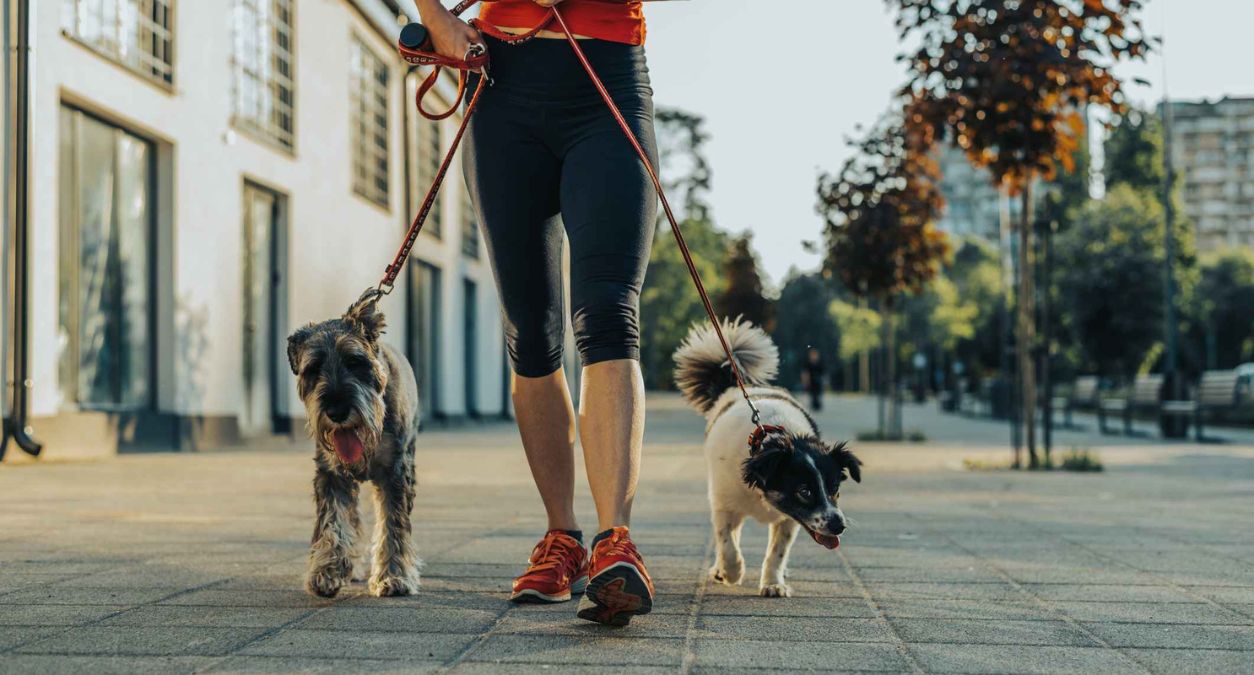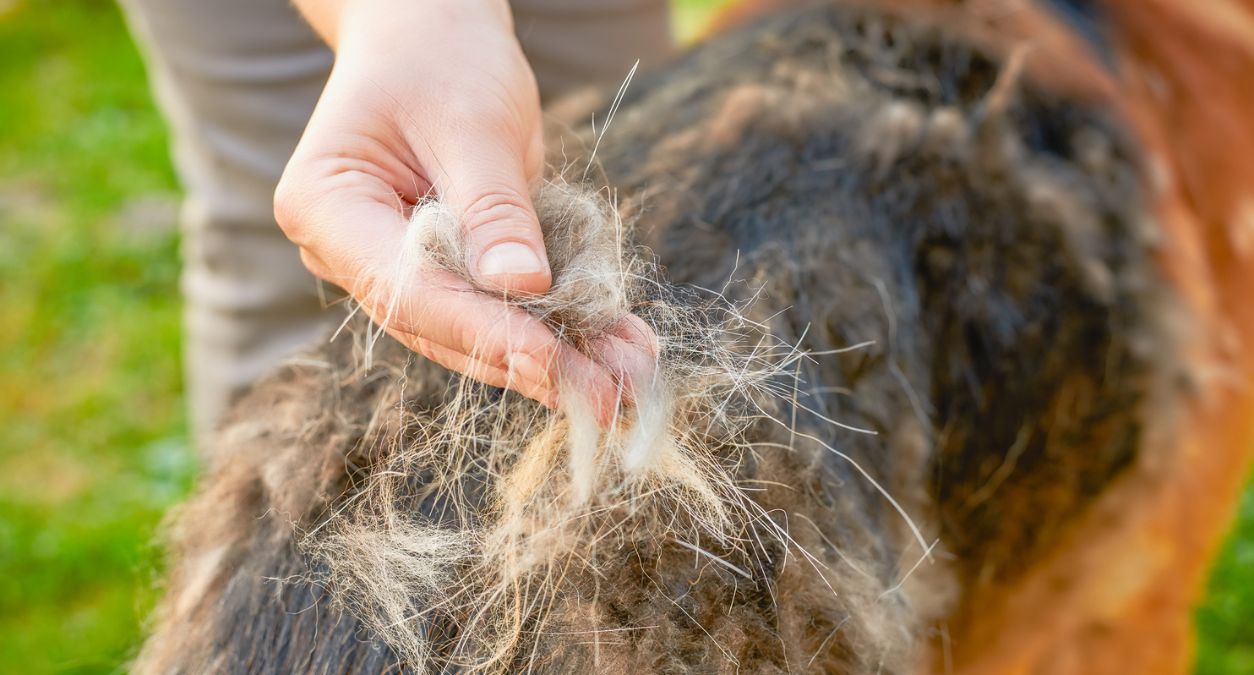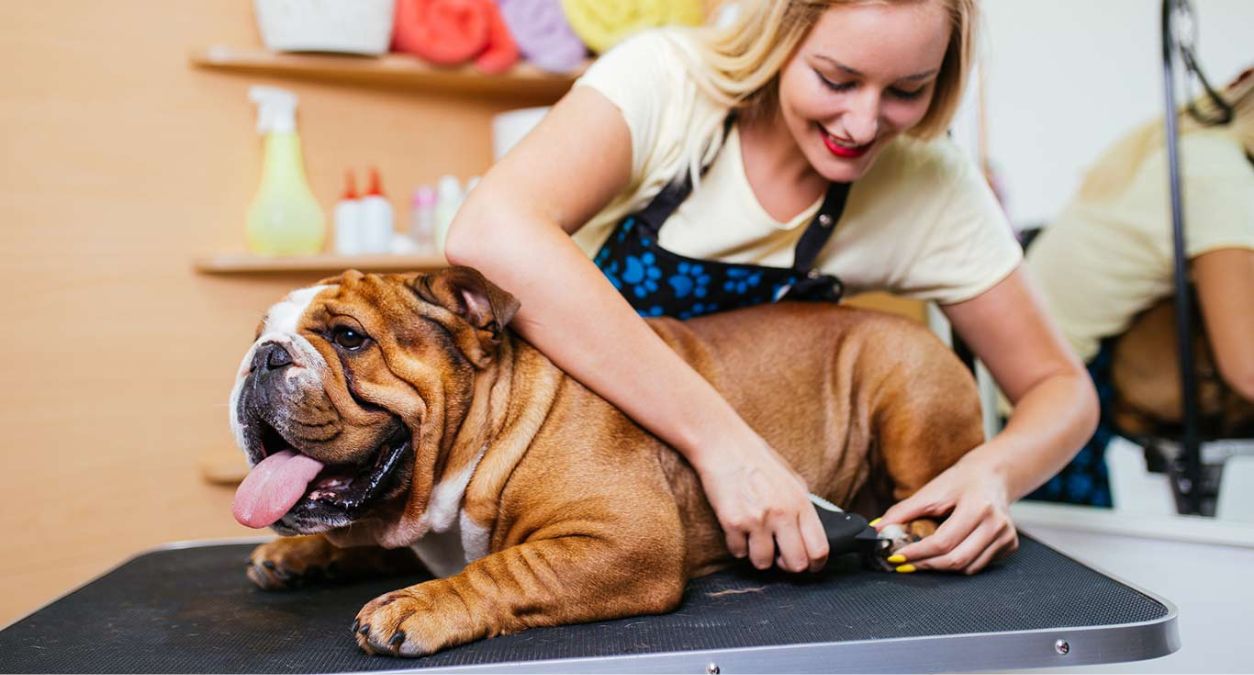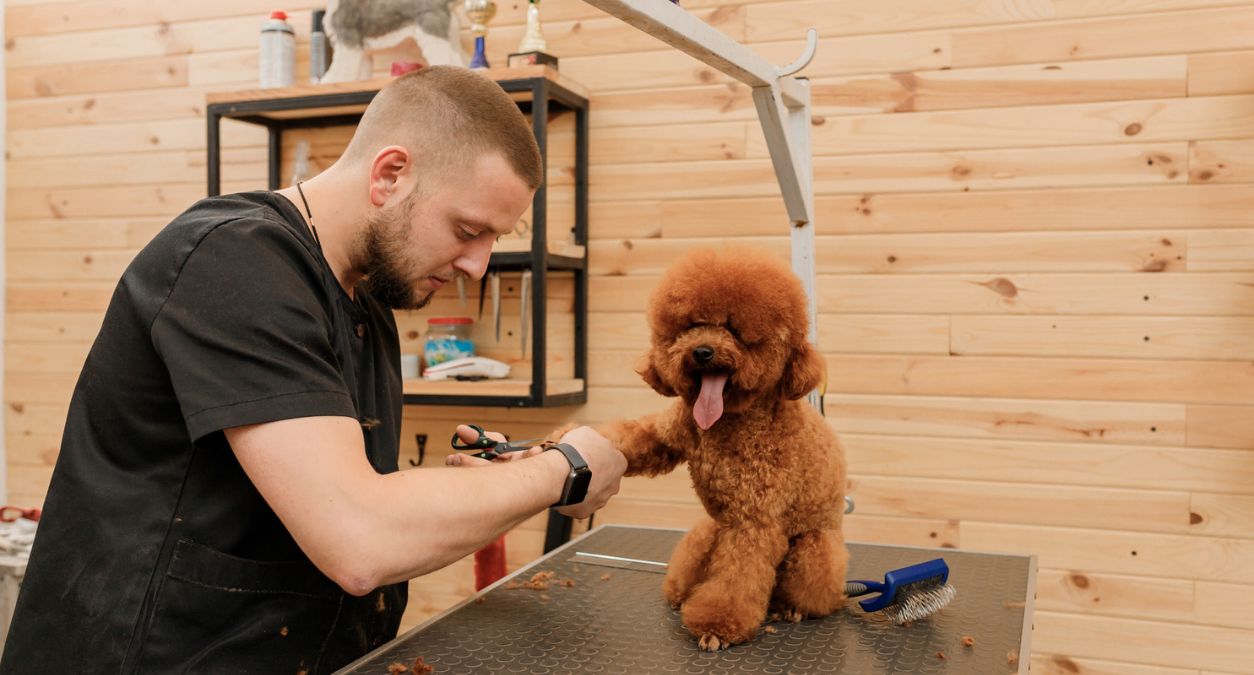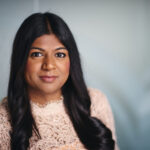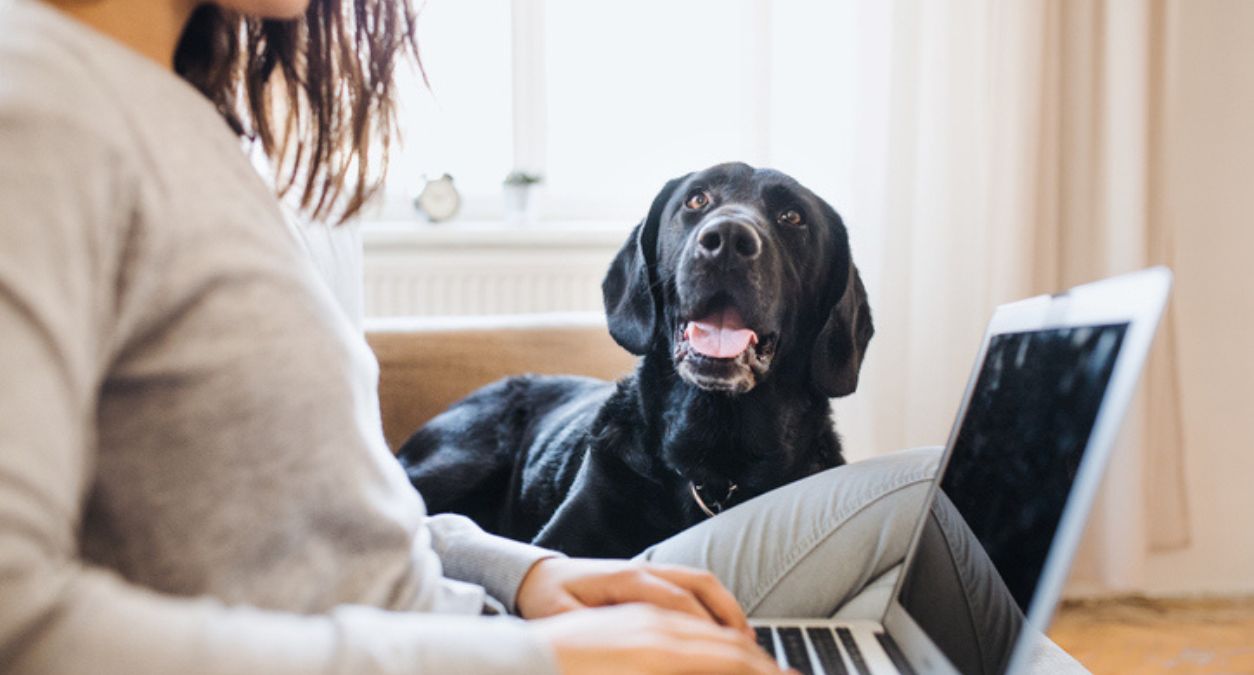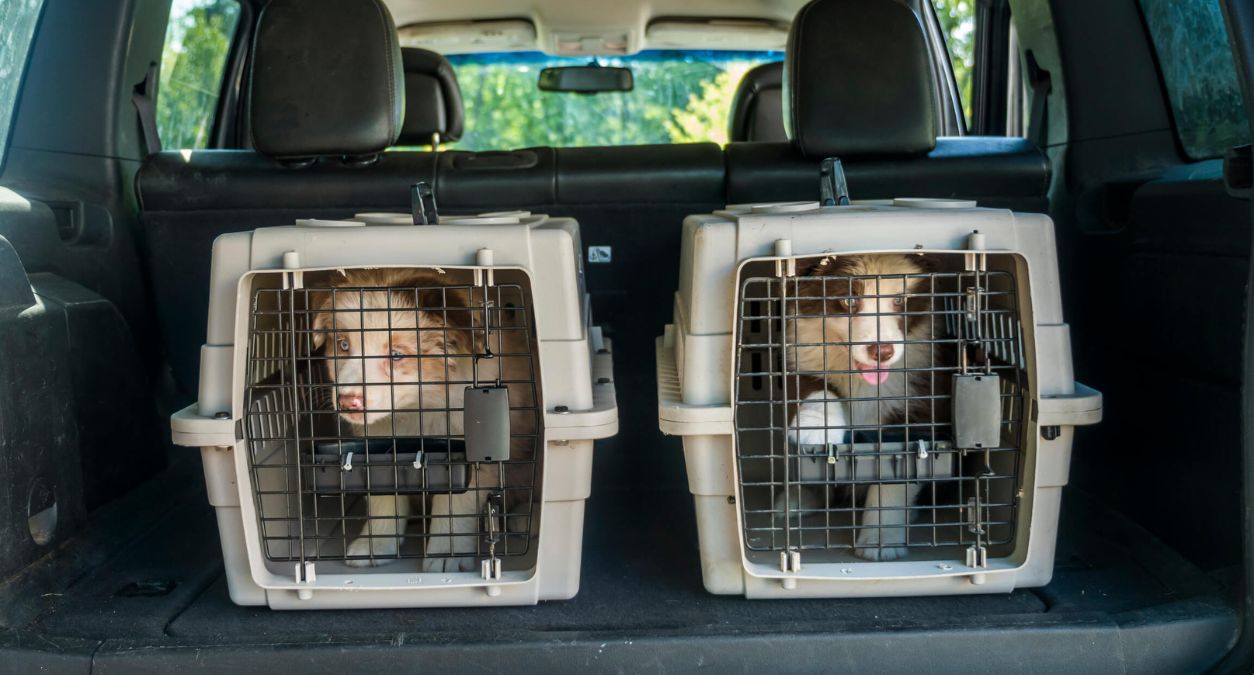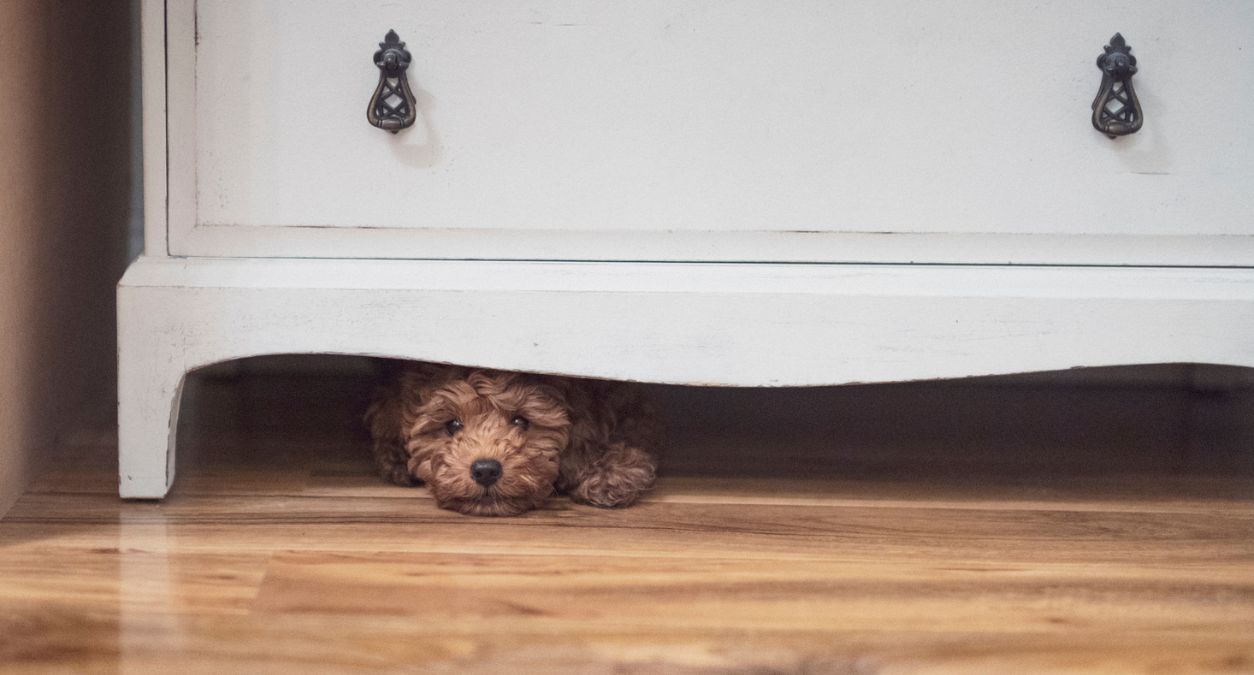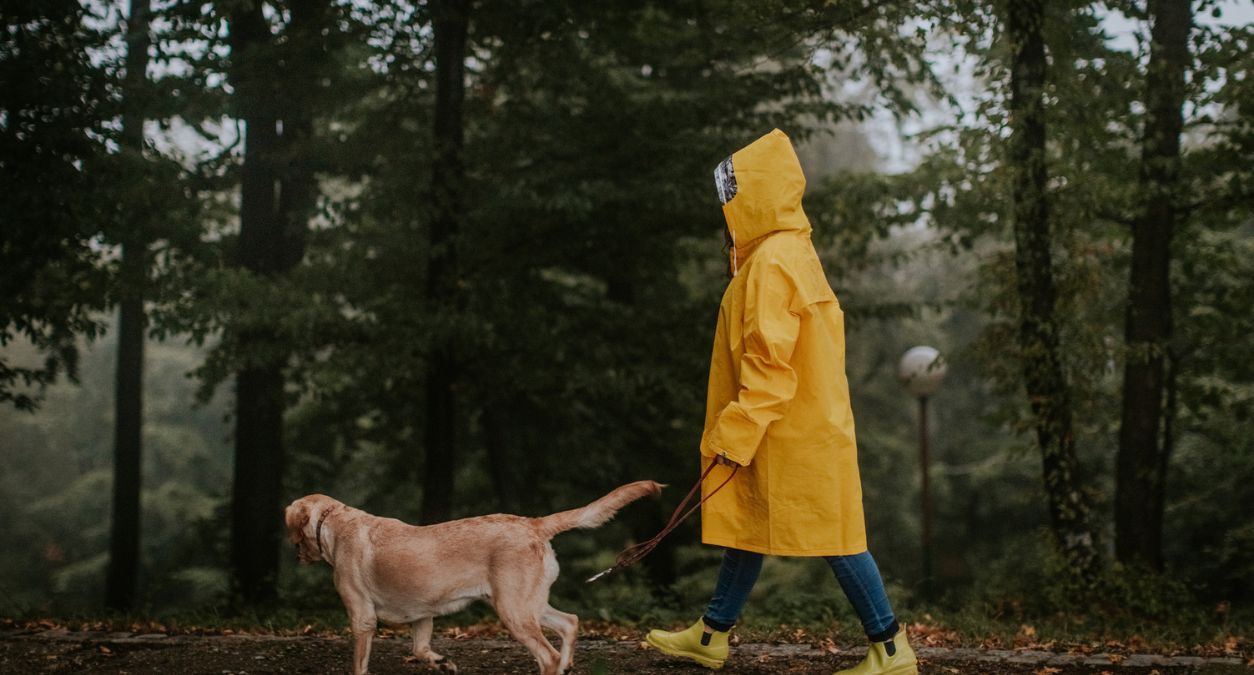Table of contents
Contributors
My main focus is managing the blog and product content for the Protectivity website ensuring everything aligns wi...
Thinking of buying a gift for your dog walker? Before you panic, check out our guide and buy your dog walker a gift and show your appreciation for all their hard work. But what exactly should you buy? Here, we’ve created a roundup of the best presents for dog walkers, including an option for every budget.
Gifts that every dog walker needs
Whether you use your dog walker one day a week or your furry friend is lucky enough to spend time with them every day, your dog walker deserves the best treat. Rather than just buying a box of chocolates or something generic, you should instead buy something they need or something that will help them look after your pup. With this in mind, here are the top presents for dog walkers this year:
Portable neck fan
Remember that summer heatwave when the temperature was regularly topping 30 degrees? Working in an air-conditioned office was hard enough, so imagine how your dog walker felt.
To help them next year, consider buying a portable neck fan they can take with them on those hot summer walks.
Walking shoes or trainers
Dog walkers are continually pounding the pavements. As a result, they can work their way through trainers and boots quickly. If you notice your dog walker’s shoes are a little worse for wear, treat them to some specialist walking shoes or trainers. Their feet will thank you.
Eco-conscious poop bags
The poop bag is a staple for any busy dog walker. If your canine carer walks up to six dogs a day, then they could go through 30-50 poop bags a week – that’s a lot of plastic.
To help them reduce their impact on the planet, consider purchasing some eco-conscious poop bags. These break down far more quickly than regular plastic poop bags and have a much lower impact on the planet. With these, your dog walker can feel a lot better about what is probably the worst part of their job.
Appointment book and planner
Good dog walkers get booked up quickly. If your dog walker is scrambling around for appointment cards or uses their phone to track where they need to be and when, then consider buying them an appointment book and planner so they can improve their organisation.
Wireless earbuds
Dog walkers are constantly on the move. To help them answer calls, listen to music or engage with a podcast all while providing the best possible care for your pup, consider buying your dog walker some wireless earbuds.
Fitness tracker
When you’re pounding the pavements all day, you quickly rack up a lot of steps. If you buy your dog walker a fitness tracker, they’ll be able to see exactly how hard they’re working.
Flasks
Winter walks can be incredibly cold; especially if you’re out multiple times a day. To help your dog walker keep warm in the winter winds, consider buying them a flask. To make the gift extra special, you could even get it personalised or engraved with your dog’s name.
Scented candles
If your dog walker also offers home boarding, then they’ll likely struggle to keep that famous ‘dog smell’ out of their home. So, consider buying some scented candles that can help them freshen up their home and relax after a tough day of walks.
Charity donations
Dog walkers love pets and are charitable people. If your dog walker is someone who has everything, then consider making a charity donation in their name. A donation to a pet charity such as the Dogs Trust is one of the best presents for dog walkers imaginable. This is because it shows how much both you and they care about pooches.
Collapsible dog bowls
Your dog walker can take collapsible dog bowls on each walk and ensure your pup remains hydrated at all times. Pet walkers always carry emergency supplies in case your dog gets tired while exercising. Collapsible bowls can make their load light and compact.
Keyrings
If you give your dog walker a key to your home, then consider giving them the gift of a personalised key ring. Not only will this help your dog walker identify which key is right for your home, but it will also add a special and personalised touch to their interactions with you.
Dog-themed bracelets
Your four-legged friend will likely hold a special place in the heart of your dog walker. To ensure their bond is always close, buy your dog walker a special dog-themed bracelet that is personalised with your pet’s name.
Pet blankets
Whether they’re walking dogs that are cold, muddy or wet, dog walkers simply cannot have enough pet blankets. Buying some extra this Christmas will help them through the cold winter months and beyond. They’ll also help keep your pet warm and dry.
Bespoke drawing or artwork
Artwork featuring your pet and your dog walker is the perfect gift. Whether you choose a small framed photo or a larger piece that’s commissioned by an artist, your artwork is sure to take pride of place in their home or office.
Dog treats
Finally, if your dog walker has everything on our list, then consider buying some dog treats. Buy your pup’s favourite and they can share them with their furry friends on their next adventure with the dog walker.
Why you should use an insured dog walker
Before you trust your four-legged friend with a dog walker, you must check they are insured. This is because, if your dog walker has insurance in place, you’ll know that your furry friend is covered if something goes wrong, such as if your dog is injured or goes missing.
Not only does Dog Walking Insurance provide you with peace of mind, it also provides your dog walker with a number of benefits. Comprehensive Dog Walking Insurance policies like ours include a number of key benefits, such as:
- Care, Custody and Control Cover
- Public Liability Cover
- Non-Negligent Cover
- Equipment Cover
- Loss of Keys Cover
- Employers’ Liability Cover
If something goes wrong and they have the right cover, they could save thousands of pounds.
What’s included in Dog Walking Insurance?
Our Dog Walking Insurance includes Public Liability for dog walking plus cover for 13 other pet care activities, including pet sitting, home boarding and pet grooming.
With a Dog Walking Insurance policy from Protectivity, you’ll receive all the following benefits as standard:
- Public Liability: You can choose to include between £1 million and £10 million worth of cover to protect your business against claims arising from property damage or injury to a third party.
- Care, Custody and Control: Up to £100,000 worth of cover is provided (up to £25,000 per animal) in the instance of accidental loss, injury, illness or death of an animal while in your care.
- Non-Negligent Cover: Similar to the Care, Custody and Control benefit, you are also covered for accidental loss, injury, illness or death to an animal in your care during the course of service delivery through no fault of your business.
- Key Cover: You are covered up to £10,000 for new keys and locks, as well as the cost of re-setting intruder alarms and associated call-out costs.
- Equipment Cover: As standard, we provide £250 worth of cover for your equipment against theft, loss and accidental damage. You can increase the protection of your items up to the value of £30,000.
- Close Family Extension: Your close family members are included under your policy as standard. This means that, if you employ your husband, wife, son, daughter or any other close family, you do not need to take out Employers’ Liability
Get a quote for Dog Walking Insurance
Our Dog Walking Insurance is available from £5.41 per month. It covers 14 different pet care activities and provides public liability, vet bills cover and more. To see exactly how much our Dog Walking Insurance will cost you, get a quote today. We can provide you with a tailored quote in only a couple of minutes.
Get Dog Walking Insurance from Protectivity
*Disclaimer – This blog has been created as general information and should not be taken as advice. Make sure you have the correct level of insurance for your requirements and always review policy documentation. Information is factually accurate at the time of publishing but may have become out of date.
Last updated by




